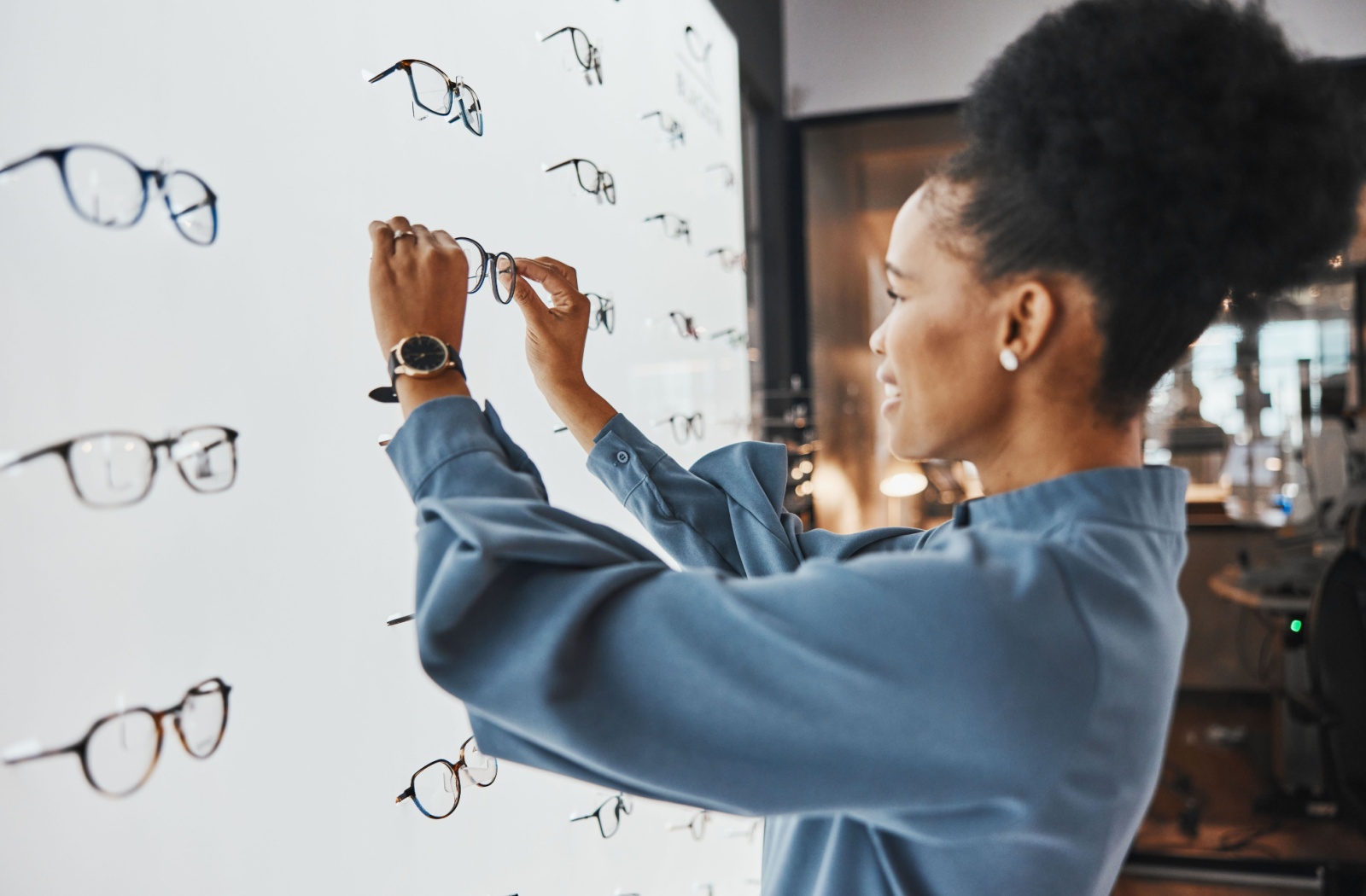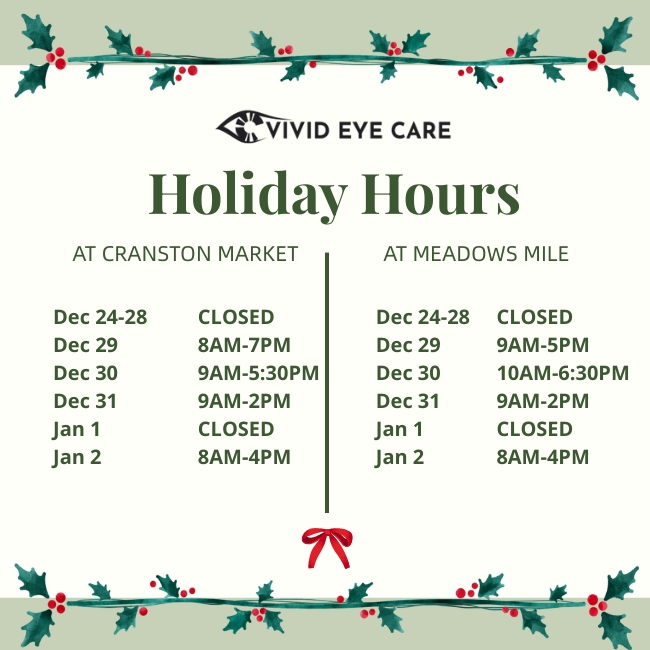Getting a new pair of eyeglasses is an exciting step toward clearer, more comfortable vision. However, it’s not uncommon to experience a short adjustment period as your eyes and brain get used to a new way of seeing.
This process is different for everyone, but most people find their vision settles and feels normal within a few days to a week. For more complex prescription changes, it can sometimes take up to two weeks to fully adapt. Your eyes and vision are precious, and our Vivid Eye Experience is designed to help preserve them.
Why Your Eyes & Brain Need Time to Adapt
Adapting to new glasses is a team effort between your eyes and your brain. New lenses change how light focuses on your retina, and your brain needs time to learn how to process this new visual information. This adjustment happens for a few common reasons.
Reasons for an Adjustment Period
Your brain is working to recalibrate your sight when you make a change. You may notice this adjustment if you have:
- A change in your prescription
- Correction for astigmatism for the first time
- A switch to a new type of lens, such as progressives or bifocals
- A frame that’s a different size or shape than what you’re used to
What You Can Expect with New Eyeglasses
When you first put on your new glasses, you might notice some temporary changes in how your vision feels. These sensations are a normal part of the process. They usually fade as you wear your glasses more often.
You might notice:
- Eye strain or a feeling that your eyes are working hard
- Mild headaches
- A sense of dizziness or slight nausea
- Difficulty with depth perception—stairs or floors may look different
- Minor visual distortions at the edges of your vision—the “fishbowl effect”
The “Fishbowl Effect” Explained
Some people with new glasses notice that the edges of their vision look slightly bent or warped—like looking through a fishbowl. This effect is common, especially with stronger prescriptions or larger frames. It typically goes away as your brain learns to interpret the new visual input correctly.
Is It Normal for New Glasses to Be Blurry at First?
Yes, a little bit of temporary blurriness is a normal part of the process. You may notice it most when you shift your focus quickly between different distances. This should improve as your eyes get comfortable with the new prescription.

How to Help Your Eyes Adjust Smoothly
While the adjustment period mostly just takes time, you can do a few things to make the transition feel more comfortable.
Wear Your New Glasses Consistently
Try to wear your new glasses as much as you can, especially in the first few days. Switching back and forth between your old and new pair can confuse your brain and make the adjustment period take longer.
Start Slow & Build Up
If wearing your new glasses all day feels like too much at first, it’s also okay to start slow. Wear them for just a few hours a day while doing simple activities like reading or watching TV. You can gradually increase the wear time as you feel more comfortable.
Practice the 20-20-20 Rule
To help with eye strain, you can try the 20-20-20 rule. Every 20 minutes, take a 20-second break to look at something about 20 feet away. This simple exercise gives your focusing muscles a chance to relax.
Why New Frames Feel Different with the Same Prescription
Sometimes, even if your prescription hasn’t changed, a new pair of glasses can feel strange. This is often because of the frames or the lens style. The way your frames sit on your face and the alignment of new lenses can create a different visual experience, and your brain has to get used to these changes. However, the adjustment period is usually short.
How to Know if Your Prescription Is Incorrect
Most adjustment symptoms are mild and disappear within a week or two. However, if your discomfort continues or feels severe, this might be a sign that something needs to be rechecked.
Signs of a Potential Problem
While mild headaches and eye strain are normal, certain symptoms may point to an issue. Pay attention if you experience:
- Severe or persistent headaches
- Ongoing blurred vision that does not improve with time
- Significant eye pain
- Continued dizziness or balance issues that affect your daily activities
When to Schedule a Follow-Up
If you experience any of the symptoms above, it’s a good idea to schedule another appointment. You should also book a follow-up if you’re still struggling after two weeks.
At Vivid Eye Care, your comfort and clear vision are our focus. If you have any questions about your new glasses or feel your adjustment period is lasting too long, please give us a call and visit us at our Cranston Market and Meadows Mile locations. We’re here to help you see and feel great.






















